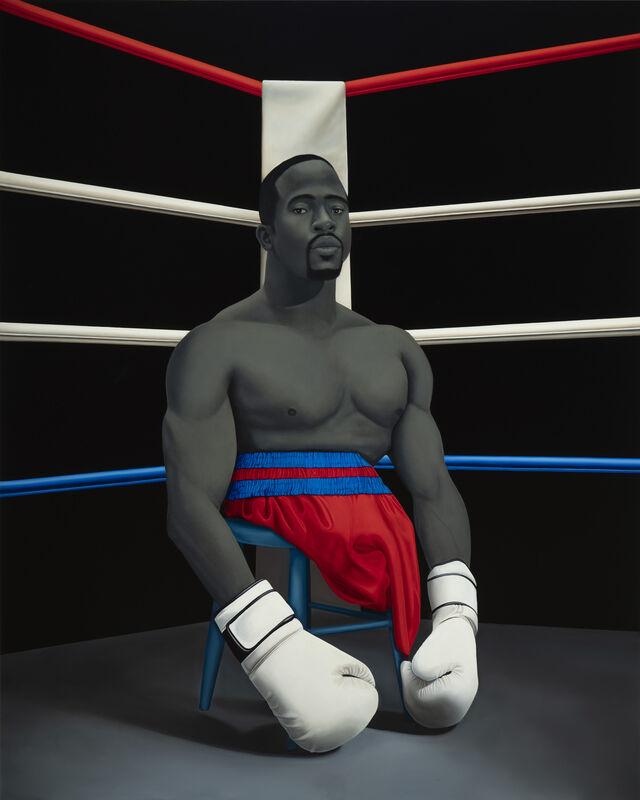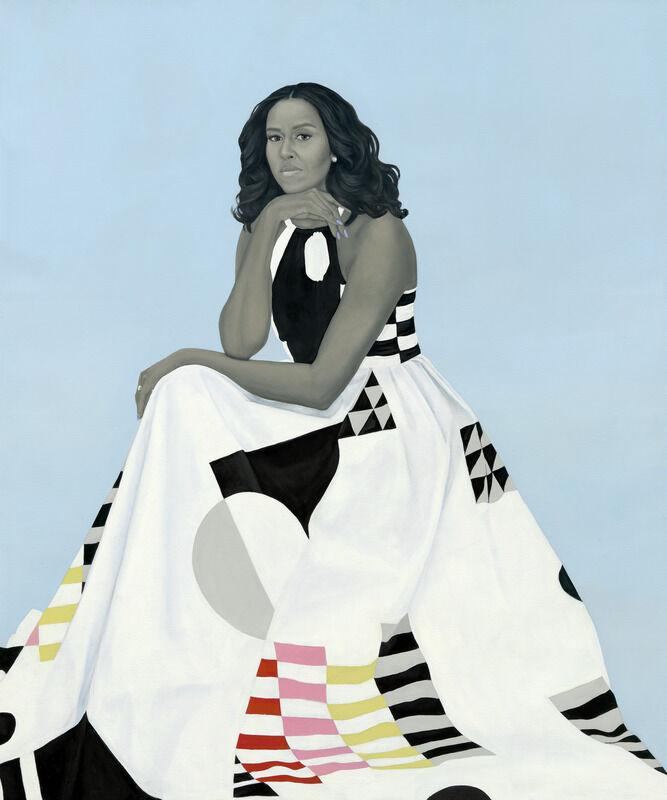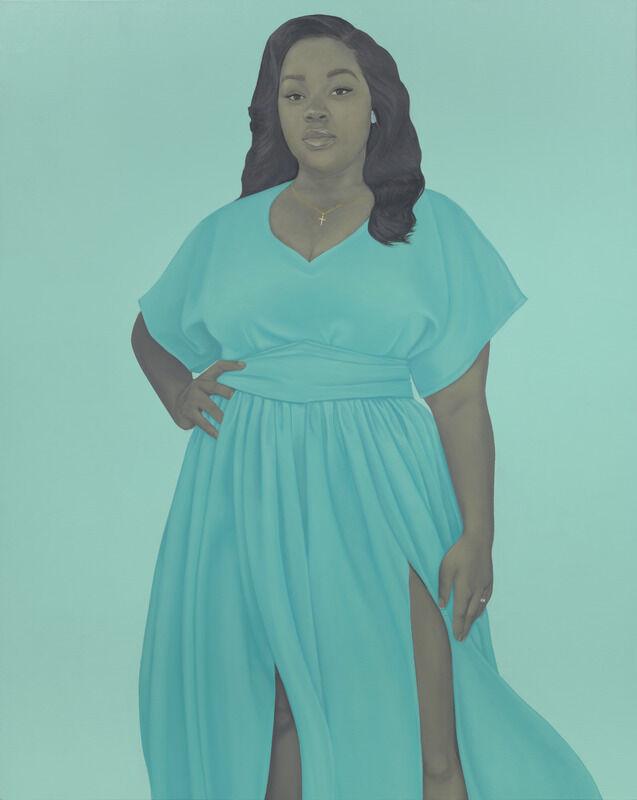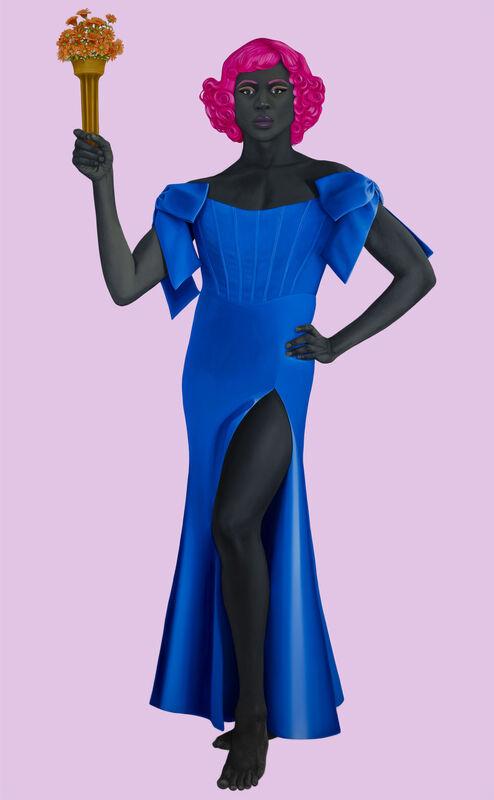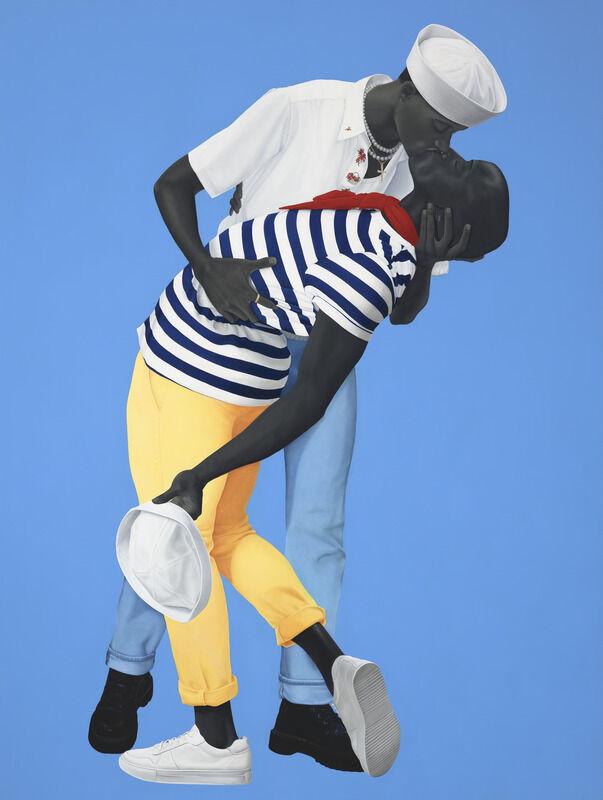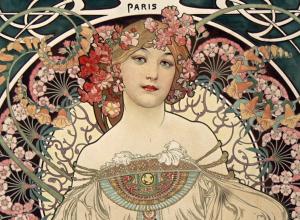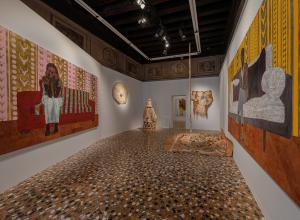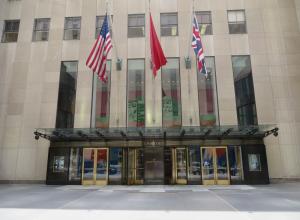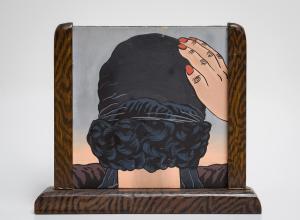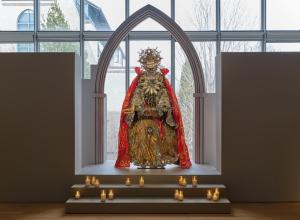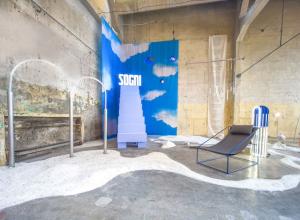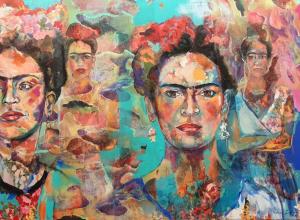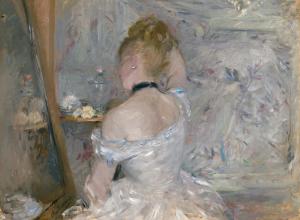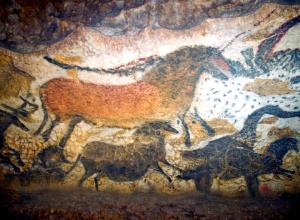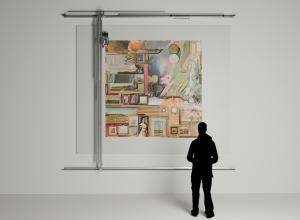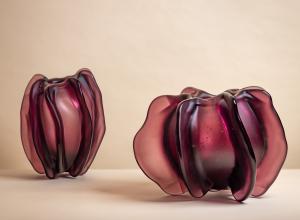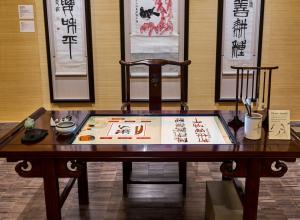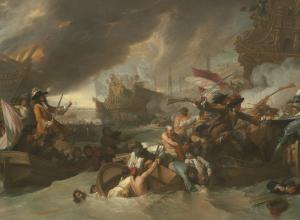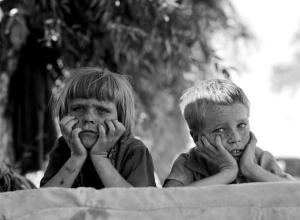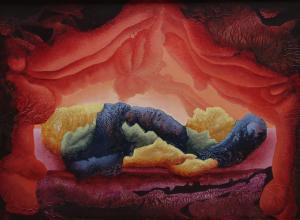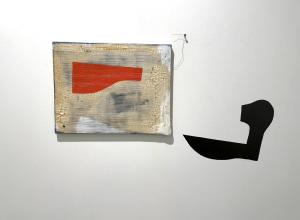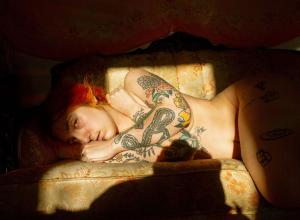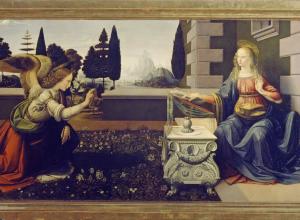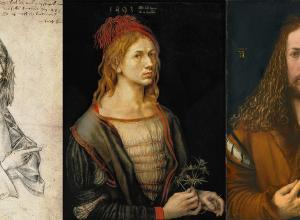Fifty portraits grace the fifth floor of the Whitney, each brimming with the confidence that derives from self-actualization. Most of the paintings situate a single figure against a vibrantly colored backdrop, as though their characters emerge from their own individual imagination.
Freeing herself was one thing, taking ownership of that freed self was another (2013) features an adolescent girl in a black leather jacket with florescent red hair clutching a rag doll. Teetering on the brink of adulthood, she colorfully expresses her evolving identity, resisting or redefining external conceptions of her age. Yet her skin, like all of SheraldÔÇÖs portraits, is grey.
Sherald employs grisaille (a form of painting using grey monochrome) to deemphasize the often-politicized role of race in her paintings, and by extension, in her subjectsÔÇÖ lives. Blackness becomes personal, a canvas in itself to present and magnify these different selfhoods. Sherald obsesses over nuance and psychologyÔÇöthe fantastical aspects of American Grit (2024) and Guide Me No More (2011) prove she excels at tracking dreams and individuality. Yet, while she concerns herself with art that is wholly American before it is repurposed as a corrective narrative in social discourse, she also deliberately detours into politics with two of her most famous portraits: Michelle LaVaughn Robinson Obama (2018) and Breonna Taylor (2020).




